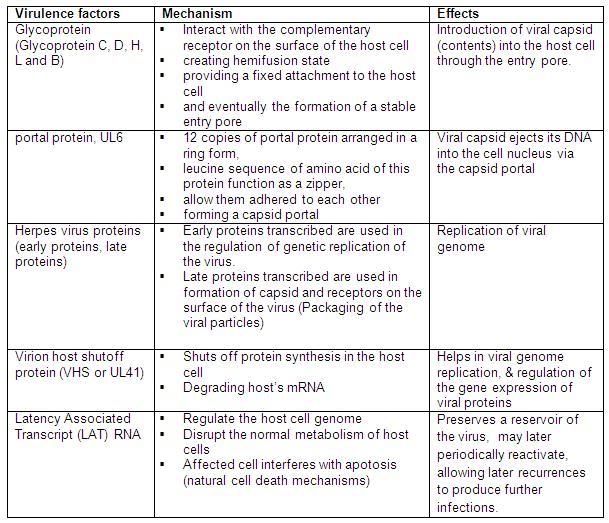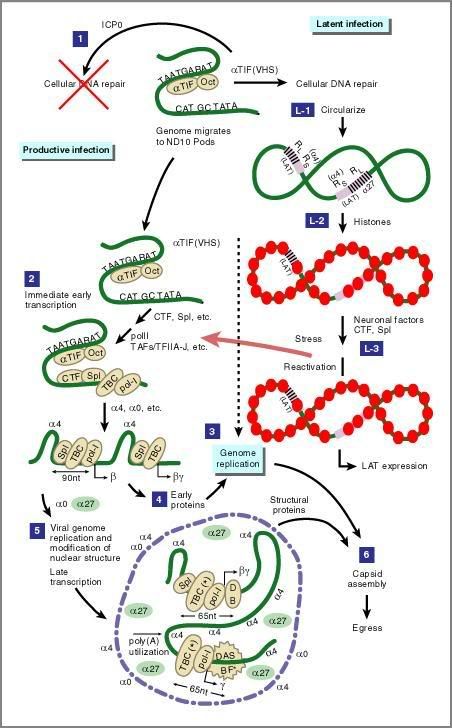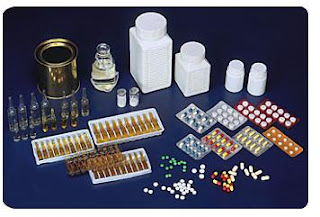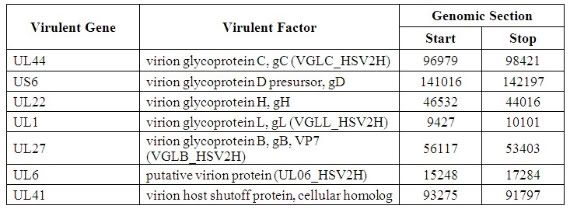The current goal of a HSV vaccine is to prevent disease but not infection. Because the ability of HSV to escape the Immune Response (IR), it’s difficult for the host cell to effectively clear infection.
Vaccines for HSV are currently undergoing trials. Suggested that these vaccines may protect humans against developing severe primary genital herpes. It may reduce the probability of experiencing recurrent infections and reduce the risk for transmitting HSV virus to a newborn infant.
Proposed that vaccine may prevent HSV disease by mechanism such as inhibits the membrane fusion prior to cellular entry, so the viral capsid won’t get any chance to affect the host cell. Or if it’s affected, we may also reduce the risk of transmitting by replication-impaired vaccine. Or we also reduce the frequency of recurrences with vaccine impaired for establishment of latency by blocking access of the virus to sensory ganglia.
Currently, 2 “Phase III trials” (co-sponsored by the National Institute of Allergy and Infectious Diseases and GlaxoSmithKline) has been conducted. The result had showed that an “investigational” vaccine appears to offer some protection against this disease. However, this vaccine has only been shown to be effective for women who have never been exposed to HSV-1.
The vaccine, called Simplirix®, contains a recombinant form of the HSV-2 envelope glycoprotein, D2, together with a new adjuvant called SBAS4.
In both trials, the vaccine proved to be 73-74% effective against Genital Herpes in HSV-1-negative women, although it did not consistently prevent infection.
But it showed no efficacy in men or in women infected with HSV-1. The study did not determine whether protected women shed virus, and whether they still transmit.
Eradication:
Until now, there are still no exact cures for this disease. It’s nearly an impossible task to eradicate this disease effectively. Clearances of the viral cell by host cell antibodies (IgM, IgG, etc.) or the immune T cells are rather unrealistic too. Because the virus enters peripheral sensory nerves and migrates along axons to sensory nerve ganglia in the CNS. This allows virus to escape immune response! And once it reaches here, it will remain here undetected for life-long until reactivation to cause recurrent disease.
The eradication of this disease is still a mysterious now. Hypothetically, we can try to block the pathway of HSV-2 to the CNS so it will be carried to the bloodstream and allows the immune cells and antibodies to kill it.
Besides, we may also try to eliminate the virulent genes of HSV-2 and cause the virus unable to replicate, reactive from ganglionic latency, and not able to prevent from immune evasion, therefore eradicate by the immune response of host.
References:
1. eMedicineHealth, 26 January, 2007: Genital Herpes. Internet: http://www.emedicinehealth.com/genital_herpes/article_em.htm
2. Derek Wong: Pathogenesis of Herpes Simplex Virus Infection. Internet: http://virology-online.com/viruses/HSV2.htm
3. Virusys: HSV information. Internet: http://www.virusys.com/herpes-simplex-virus-type-1-(hsv%111)/hsv%111-information/hsv-information/
4. Aurx, 1998: Herpes Treatment. Internet: http://www.aurx.com/herpes2.htm
5. Biovex, 2008: ImmunoVEX. Internet: http://www.biovex.com/immunovex.html
Comments and inquiries are always welcome.
Prepared by Tai Chu Cheng 1061107241
























